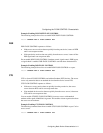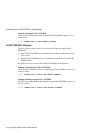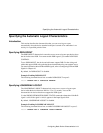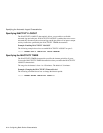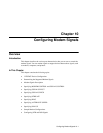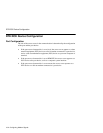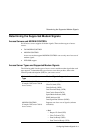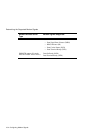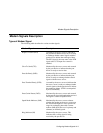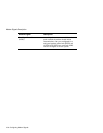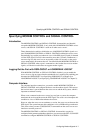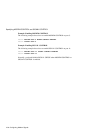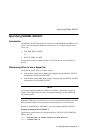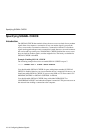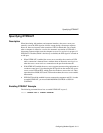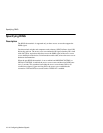
Configuring Modem Signals 10-5
Modem Signals Description
Modem Signals Description
Types of Modem Signal
The following table describes the various modem signals:
Modem Signal Description
Request To Send (RTS) Asserted by the access server to indicate to
the port device that the access server is ready
to exchange further control signals with the
port device to initiate the exchange of data.
The RTS signal is the same state as the DTR
signal unless CTS input flow control is
enabled.
Clear To Send (CTS) Monitored by the access server and asserted
by the port device to indicate that the port
device is ready to receive data.
Data Set Ready (DSR) Monitored by the access server and asserted
by the port device to indicate that the port
device is ready to exchange further control
signals with the access server.
Data Terminal Ready (DTR) Asserted by the access server to indicate that
the access server is ready to exchange further
control signals with the port device to initiate
the exchange of data. (DTR is accompanied
by RTS and DSRS.)
Data Carrier Detect (DCD) Monitored by the access server and asserted
by the port device to indicate that the received
line signal is within acceptable limits.
Speed Mode Indicator (SMI) Monitored by the access server to detect
whether the modem at the access server port
has selected the higher or lower speed in its
range for exchanging data with a remote
modem. SMI allows the use of a primary and
alternate (or fallback) speed.
Ring Indicator (RI) Monitored by the access server. This
indicates that a calling signal is being
received by the port device.



